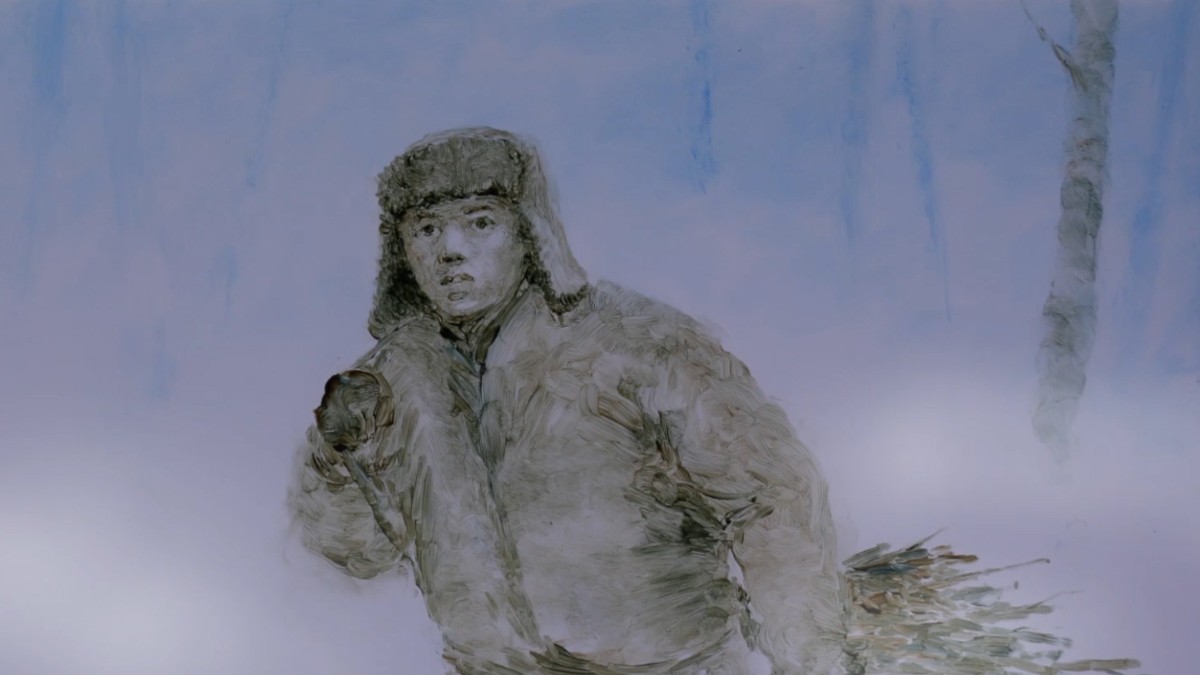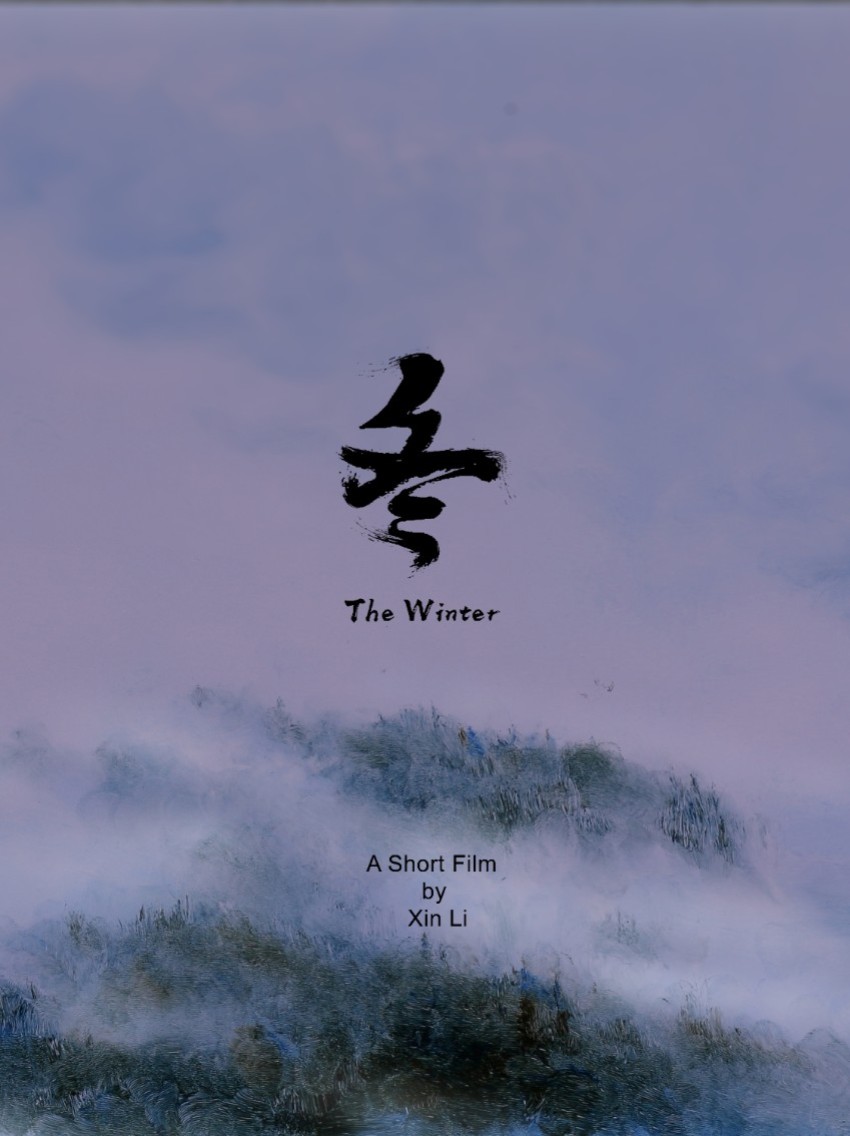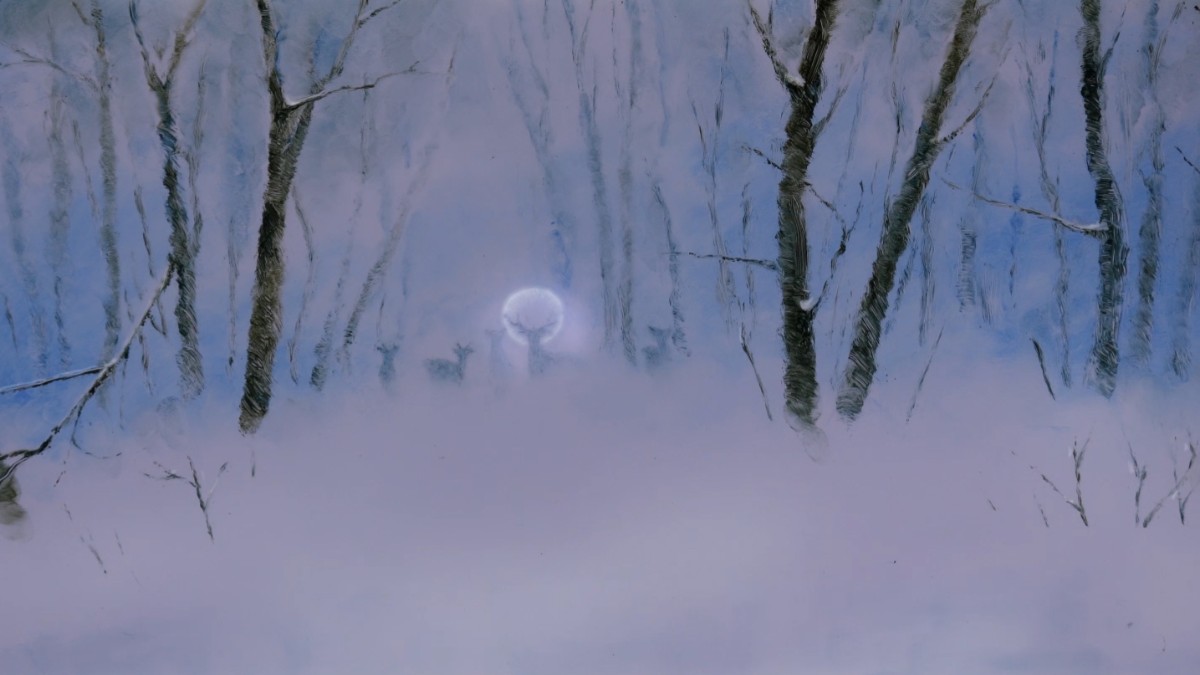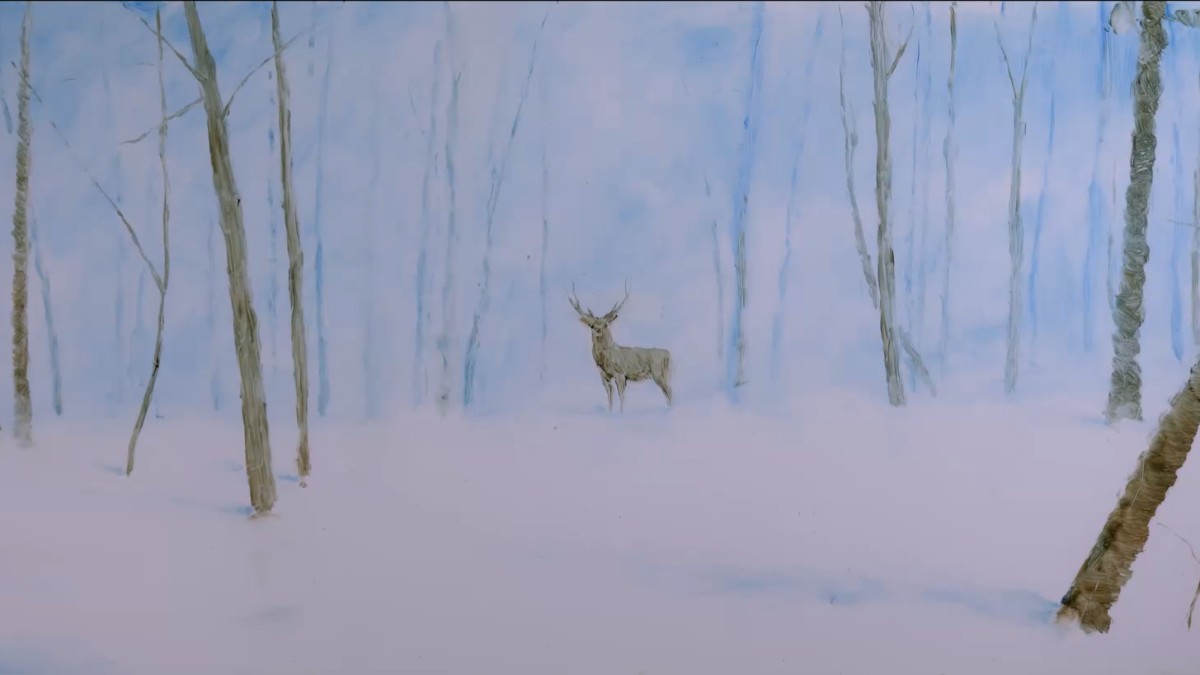
A Case Study
Narrative | Dramatic Features
Film Name: The Winter
Genre: Animation
Date: 21/3/2020
Director: Xin Li
Producer: Xin Li
Writer: Xin Li
Cinematographer: Xin Li
Production Company: RMIT University
Budget: NA
Financing: NA
Shooting Format: Digital
Screening Format: HD
World Premiere: No Premiere
Awards: NA
Website: https://xinlianimation.com/
indieactivity: Tell us about “who you are”?
Xin Li (XI): My name is Xin Li. I am a Chinese-born animator and filmmaker based in Melbourne, Australia. I specialize in the traditional method of paint-on-glass stop-motion animation. Through this technique, he explores tranquil and often intimate moments of life through abstract narratives.
Introduce your film?
Xin Li (XI): My film The Winter is one of four short films in series called The Seasons. Each film represents a feeling related to a season in a year. The Winter represents the feeling of peacefulness.
The Official Trailer for The Winter written, directed and produced by Xin Li
Tell us why you chose to write, produce, direct, shoot, cut/edit the movie? Was it financial, chance or no-budget reason?
Xin Li (XI): This film was produced at RMIT University as a student project. It is a good process to practice every role of making an animated short film.
Introduce your crew?
Xin Li (XI): I am very grateful to meet the music composer of the film Miguel Otero. We know each other just before the production of the film. I checked his previous work and found similar energy in his music. We communicate online and it was surprising every time to hear the update of the music for the film. His music inspired me a lot in many ways.
What are your personal experiences putting on all these hats/responsibilities (simultaneously)? Tell us about story, writing, and production?
Xin Li (XI): The film is the only narrative piece in the series. I had the draft idea back in 2014. Thanks to RMIT University, I could get a lot of support and supervision from the teachers and made this film. I have learned a lot about visual storytelling and managing the pace of the film in a narrative form.
What is the source of the idea? How did the story develop from the idea? And how did the story evolve into a screenplay? Why do this story? Do you have a writing process?
XI: The inspiration of the film is from a series of illustrations from the Tang Dynasty in China called Ten Ox Pictures. The illustrations show the process of a Zen practitioner getting enlightenment. It also has the feeling of peacefulness, which I would like to represent in The Winter. In the illustrations, the ox symbolizes the goal of a peasant. I changed it to deer in the film. Because in many cultures, deer represents peace, spirit, and harmony. There was no script for the film. Instead, I use storyboard first to draft the film in visual language. I am more interested in building the foggy environment to represent the ambiguous relationship between the main character and the deer.

Let’s talk pre-production: take us through a timeline of how you started and ended it?
XI: I had the first draft of the storyboard back in 2014. The idea of this film was for another season in the series. The idea was set in springtime and the story happens in a rainy early morning. Then I found if the story was set in wintertime it is more related to the general feeling of the story. In 2019, I decided to change the original storyboard and make this film.
You shot the film in days. How long were your days?
XI: It was around 8 hours of production every day.
Did the tight shooting schedule make it harder or easier? How did it affect performances?
XI: I think the tight shooting schedule was helpful for the production. It is good to set a deadline in mind and aim for the production deadline can help me to make quicker decisions of how to produce each shot.
During the film production, what scene (that made the cut) was the hardest to shoot? And why?
XI: There was a scene the character waking up in the snow, standing up, and walking towards the end of the forest. It was the hardest one because there are a lot of actions. I couldn’t find the proper reference for the scene. The action was subtle but very important.
What worked better in this latest production that mightn’t have worked so well in the last one you did?
XI: The most important thing is the new working schedule. I used to work long hours a day in the previous productions. For The Winter, I limited my working hours every day and balance the working time and resting time. It helps a lot for giving my best status to the work within the working hours.
What were the advantages and disadvantages of the way you worked?
XI: The disadvantage was that it extended the production schedule. It slows down the production a bit. However, it helps the quality of the work and my own health condition.

What was the experience like of working with a small shooting crew?
XI: This film is a very personal film. It was good to keep the crew small. It was easy for the communication. Also, everyone has the freedom to give the creative input to the project. I didn’t need to talk too much of my own direction. The music composer and visual effects artist has their own interpretation of the film and gives what they think the best for the film.
The film looks stunning. How did you get such a good look when shooting so fast?
XI: I studied Chinese Ink Painting when I was a child. In this film, I introduced the aesthetics of Chinese Ink Painting for the visual elements. I planned to use less information of the visual element to depict the foggy atmosphere of the film. I did a lot of research on Chinese ink painting and looking for how to use simple elements to represent the feeling of a foggy forest in a snowy winter.
When did you form your production company – and what was the original motivation for its formation?
XI: I begin my small studio Xin Li Animation back in 2012. At that time I wanted to make a small studio online focusing on paint-on-glass animation. I studied oil painting before animation and wish I could combine oil painting and animation to give contributions to some projects.
What was the first project out of the gate?
XI: The first project was called The Autumn. It is one of four short films in the series called The Seasons. It was a personal project.
What about independent filmmaking and the business do you still struggle with?
XI: As a director and animator, I put a lot of energy into the creative process. However, sometimes I need to shift to producing mindset to think about budget and schedule. It is more like a producer role. Sometimes I am still struggling with shifting in-between two roles.

Where do you think your strengths lie as a filmmaker?
XI: With an oil painting background, I have gained the strength of visual storytelling. I am also good at managing the pace of the film.
How important is marketing? Talk about the festival tour? Do you think a project can make a dent without it nowadays?
XI: It is very important to have people see the work. I think the project itself might not make a profit. However, it might lead to further commission works. I attend an animation festival in China. Then a company saw my film and ask me to do commission work that is the project I am doing at the stage. Attending to festivals is very important to get network.
Tell us about marketing activities or efforts on this project – and how it worked or didn’t work?
XI: The most important marketing activity was to submit the film to film festivals. It gets people to see the work. People might be interested in my skills and collaborating in the future.
What do you hope audiences will get from the presentation of your film?
XI: I wish people could feel a bit of calm and peaceful when they see the film.
What else have you got in the works?
XI: Animation is always recognized as a storytelling tool with structured narrative methods. However, it also can express an emotion and symbolize an event with visual language and movement in a poetic form. The poem uses metaphor to approximate a definition. It often offers intense feelings with condensed languages that emphasize language musical qualities. Animation shares the same characteristics with poems. I am interested in making an animated film with a poetic way of storytelling.
Tell us what you think of the Case Study for The Winter What do you think of it? Let’s have your comments below and/or on Facebook or Instagram! Or join me on Twitter.
MORE STORIES FOR YOU









